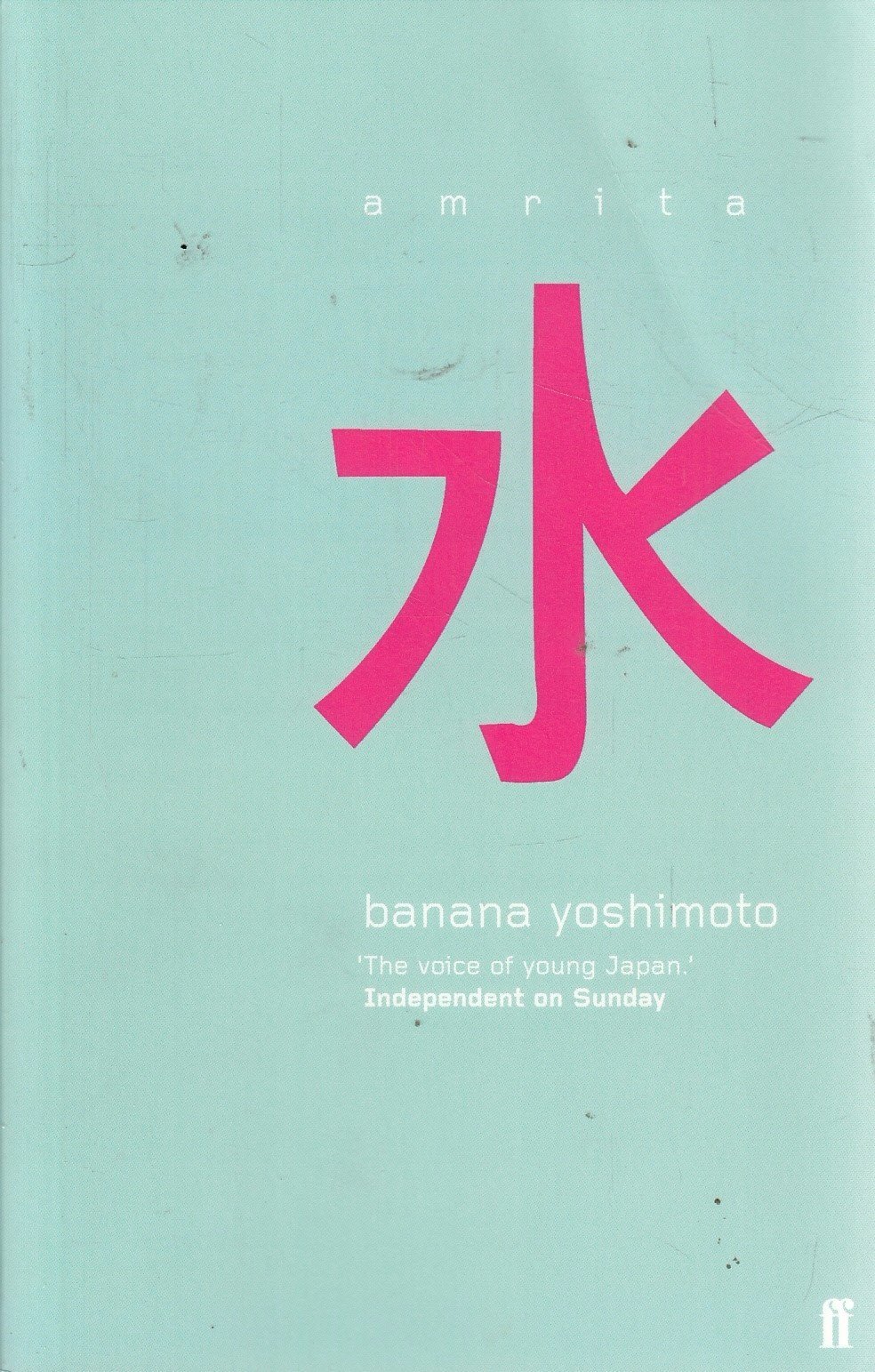What do you think?
Rate this book


Banana Yoshimoto's first novel, Kitchen (1991), traversed the territory of love and loss. Its fabulous success in Japan and the U.S. had to do with her distinct sensibility, a contemporary voice arising from a tradition-conscious culture. Amrita also ventures through the minefield of familial loss, but with a style less driven by the bizarre interface of tradition and pop culture.
366 pages, Paperback
First published January 1, 1994